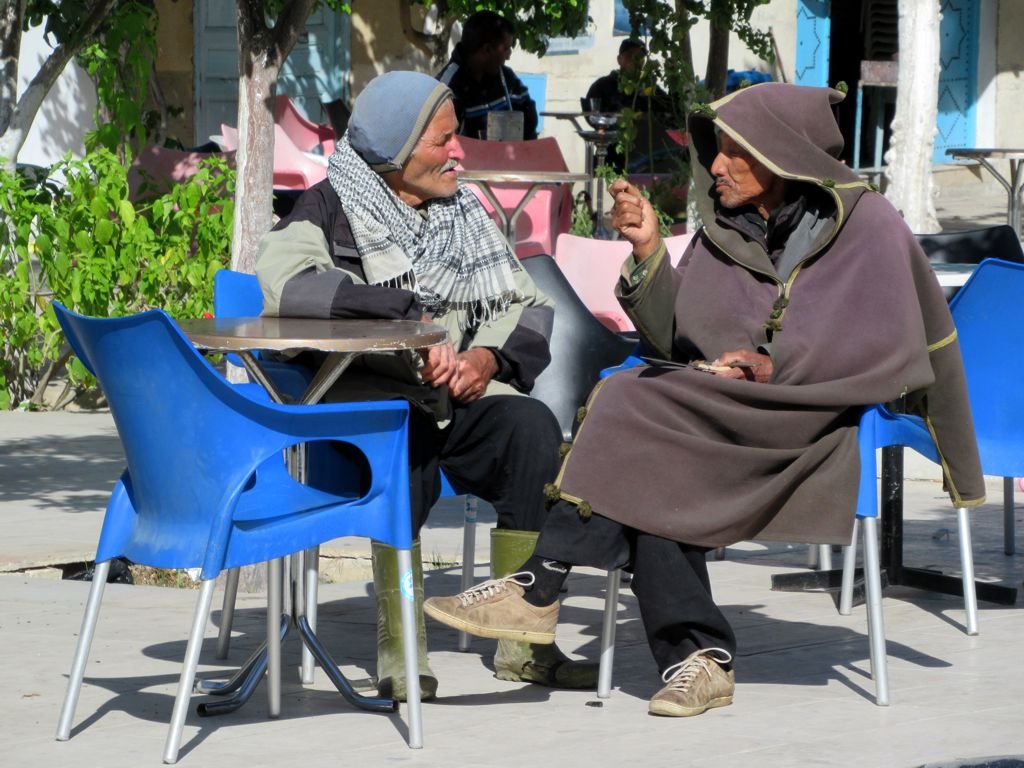The recently published conclusions of Tunisia’s 2024 census confirm what has been quietly unfolding for years: the nation is in the throes of a profound demographic revolution. With a record 17% of its population now over 60 and both marriage and birth rates in historic freefall, Tunisia is aging at an unprecedented pace. This is not a minor statistical blip but a deep structural mutation that demands a national conversation far more nuanced than simply urging citizens to have more babies.
The figures are stark. The number of newborns has dropped by 8% in a decade, and annual marriages have plummeted by nearly 12%. This decline is exacerbated by an internal exodus that concentrates youth in urban centers, leaving rural regions to face an even more acute aging crisis. Behind these numbers lie powerful, and largely irreversible, forces of societal modernization. The economic obstacles are clear—rampant unemployment, precarious work, and a soaring cost of living make starting a family a daunting prospect for young couples. Yet, perhaps the most significant driver is the hard-won emancipation of Tunisian women. Better educated and more integrated into the workforce than ever before, they are rightly prioritizing their careers and independence, consciously delaying marriage and motherhood.
The government’s alarm is understandable. The immediate repercussions are already being felt, with the Minister of Health warning that maternity services are becoming unviable in many areas, threatening the quality of maternal healthcare. The long-term consequences loom even larger: immense pressure on pension and healthcare systems, a potential shortage of young workers, and an increasing dependency ratio that could stifle economic growth.
However, framing this shift purely as a crisis to be reversed by a higher birth rate is a dangerous oversimplification. While policies to support families are essential, a strategy focused solely on boosting population numbers is likely to fail and misses a critical opportunity. Tunisia stands at a demographic crossroads. The path forward is not to desperately cling to a past population model, but to strategically prepare for the future one that is already here.
This challenge can be transformed into a strategic advantage. A smaller, older population must be met with a more productive and better-qualified workforce. This necessitates urgent and deep educational reforms to align skills with market needs, alongside economic policies that incentivize innovation and productivity gains. The goal must be to build an economy that thrives not on the quantity of its workers, but on their quality and efficiency.
Tunisia’s demographic transition is a testament to its social progress, but it also presents its greatest modern challenge. The solution lies not in reversing the tide, but in navigating it with wisdom. The nation must forge a new social contract that strengthens intergenerational solidarity, ensures economic resilience, and views its changing population not as a liability, but as a reality to be managed with foresight and courage. The time for structural and sustainable responses is now.
TunisianMonitorOnline (NejiMed)




